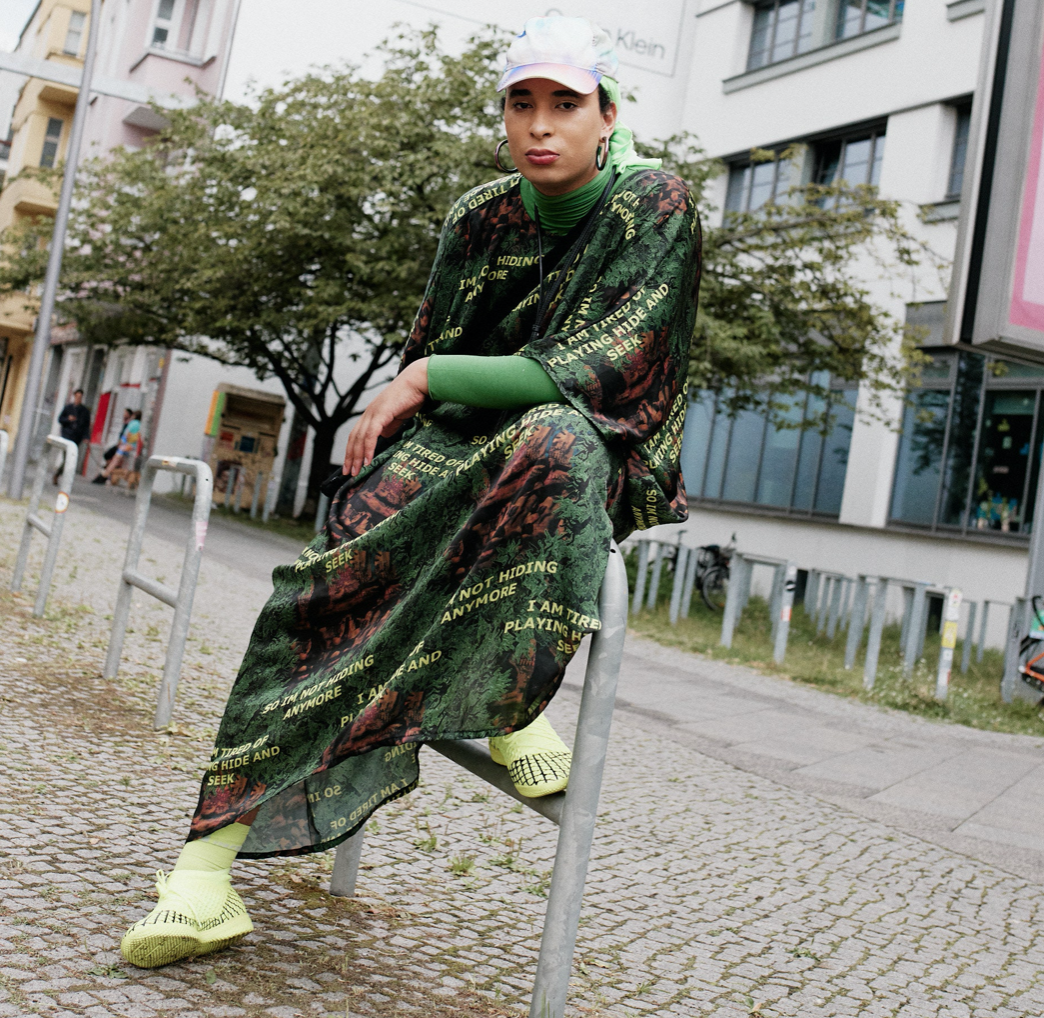Michael Cuby has profiled artist Danielle Brathwaite-Shirley, whose Black Trans Archive aims to collect, recover and preserve stories of the historically-marginalised Black trans for use by generations to come.
The Black Trans Archive Is Revolutionizing How We Tell Queer History
By Michael Cuby
Artist Danielle Brathwaite-Shirley’s project preserves the stories of the Black trans community.
There is perhaps no group whose contributions to society have been erased more categorically than Black trans people. Figures like Marsha P. Johnson and Miss Major have recently received their flowers, but there is still a noticeable dearth of information about the Black trans community in mainstream accounts of LGBTQ+ history.
Thankfully, Danielle Brathwaite-Shirley is here to change that. Through her new project, The Black Trans Archive, the artist, animator, and archivist is preserving stories about the often-sidelined community.
“When we look back in the archives to remember ourselves, it’s almost impossible to find anything about us,” Brathwaite-Shirley recently told Metro about her inspiration to start the archive.
She also noted that, when trans people are able to find history about their own community, it’s almost always about the violence historically inflicted on them.
“Any trust I had for others to correctly archive us is gone,” she added.
Built from the ground up by Black trans coders and developers, The Black Trans Archive takes the form of a video game, allowing visitors to interact with its content in real-time, making their own contributions in the process. It’s also specifically designed to ensure that this work can never be deleted, allowing everything contained within it to persist long beyond anyone who was involved in its creation.
“There is nothing in The Black Trans Archive code that can or will in the future be erased, be deemed ‘inappropriate,’ or hidden within the algorithm,” Brathwaite-Shirley told Metro. As she observes, these precautions are particularly necessary for trans people who historically have been the victims of routine erasure, especially on social media platforms like Instagram and Twitter.
Viewing her project as a corrective to this damaging trend, the creator stressed, “We cannot be erased again, so it’s important that we, as Black trans people, take it into our hands to record and archive each other.”
Brathwaite-Shirley sees The Black Trans Archive as a departure from other archives documenting the history of marginalized communities — according to her, it’s not a “study” about the Black trans community nor is it some voyeuristic informational document meant to spotlight the elements of trans identity that cis people find most fascinating.
Instead, she wants to use the archive to make space for members of the community who have long been excluded. As such, the artist hopes to ask Black trans people what they’d like to include about themselves in the archive rather than leaving these decisions up to an outside observer. She wants Black trans people to ask themselves what kind of stories they want to tell.
“When we ask ourselves that question, the answer is rarely focused on our bodies, our obstacles, or our tragedies,” she told Metro. “These wonderful and very personal quirks, observations, perspectives, interests, and hobbies emerge.”
Ultimately, Brathwaite-Shirley hopes her project can change the way people interpret the complex history of Black trans identity. She has opened the archive up to anyone who wants to participate. Doing so, she says, allows her to receive a diverse range of perspectives and stories from Black trans people, paving the way for a new kind of interactive history that will feel more accurate to those documenting it, and provide a wellspring of knowledge for generations to come.
“There is nothing new about us or what our experience has been,” she told Metro. “What is new is that we have a voice now. The internet has given us a chance to be us, to record ourselves and the individual language to describe ourselves, and provided a way to build communities.”


